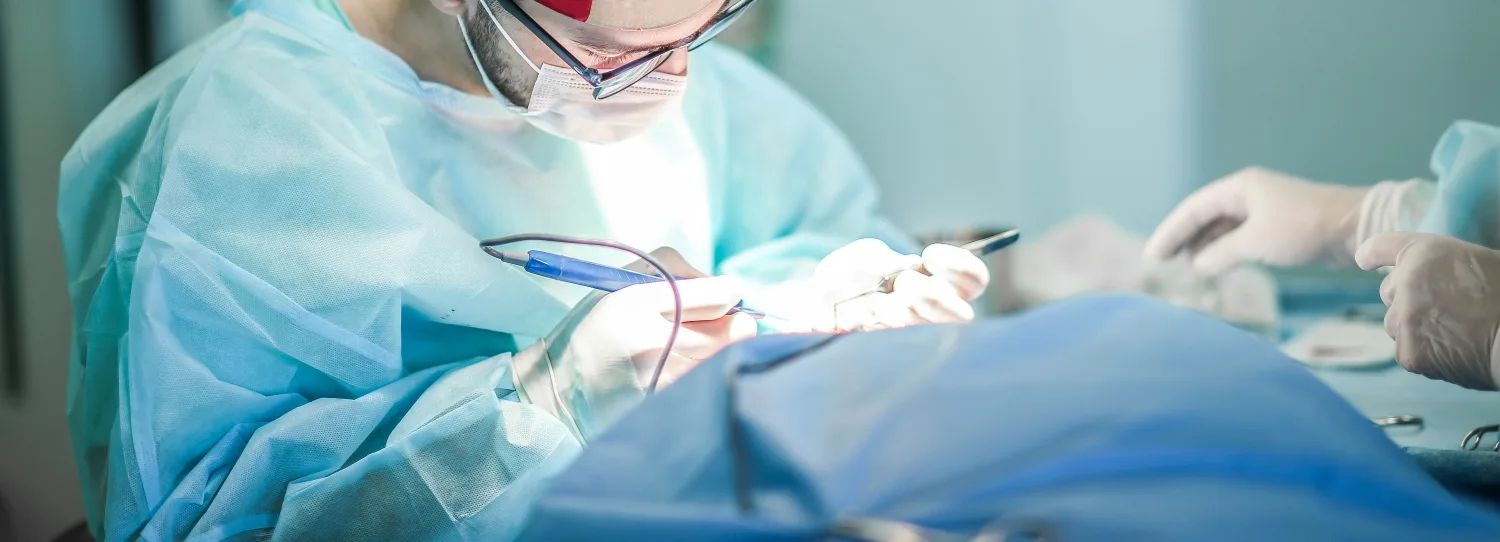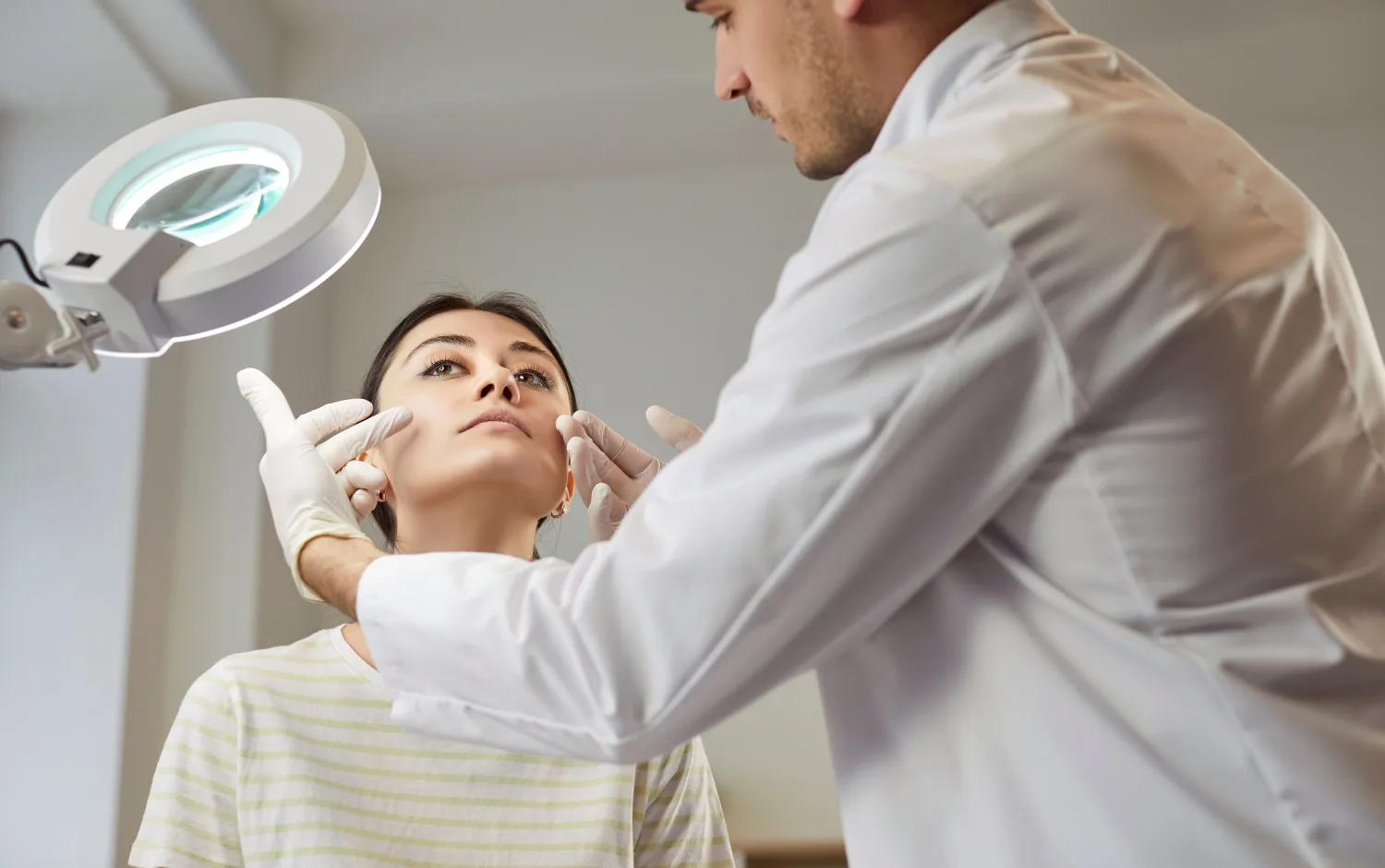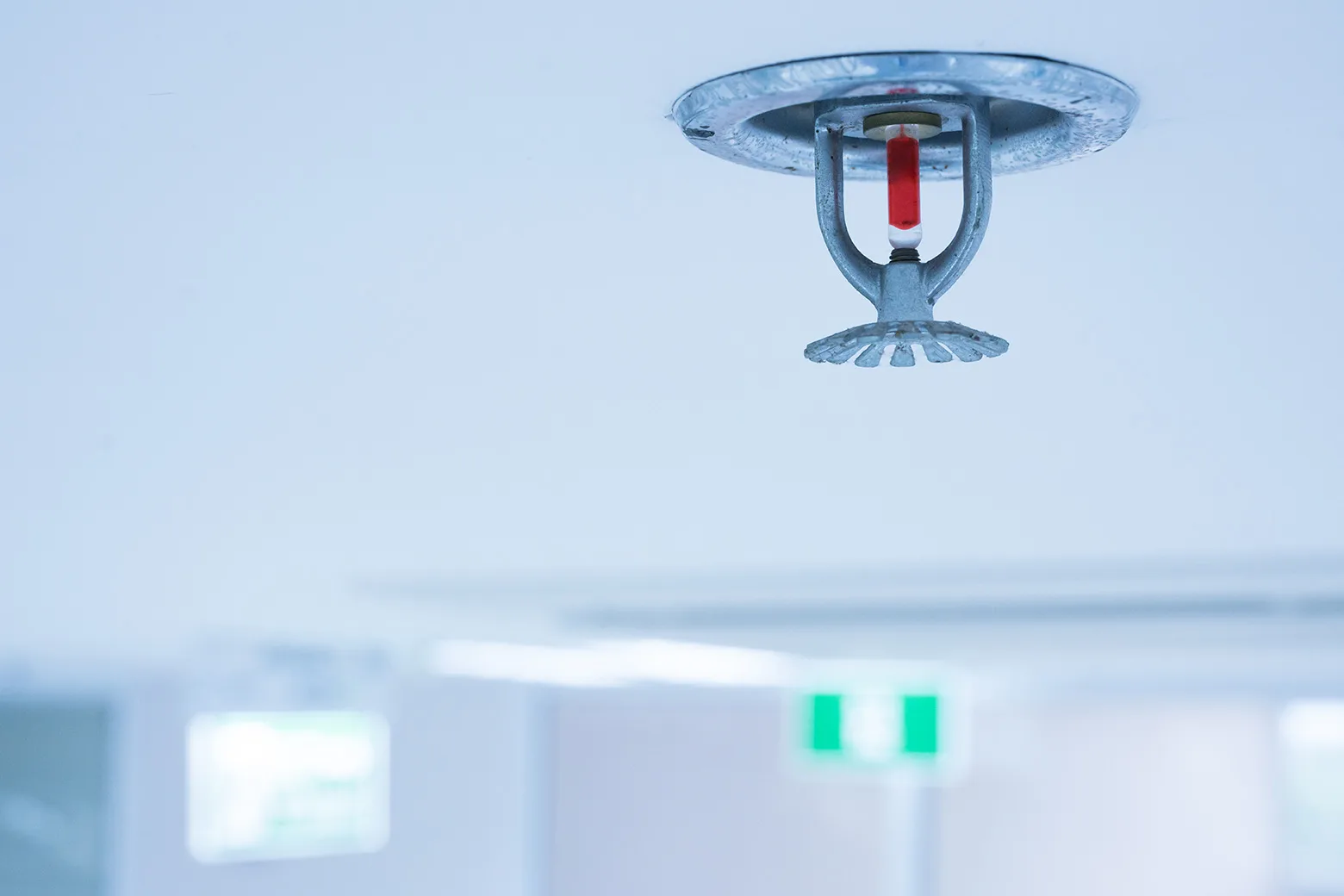
The aesthetics industry has grown significantly over the past few years, driven mainly by investor-backed consolidation of practices. Whether large or small, buy- or sell-focused, organizations focused on growth should explore acquisition and de novo development strategies. Aligning the right and best growth strategy with your organizational vision is critical and requires an examination of the strategic advantages both options can offer.
Robust Aesthetics Market Consolidation
Aesthetics practice consolidation typically refers to the trend of medical aesthetics practices and medical spas merging or being acquired by investor-backed organizations. Consolidation in medical aesthetics has gained momentum over the past five years for several reasons:
- Profit margin opportunity: Medical aesthetics practices typically offer an attractive, cash-based investment opportunity with good margins.
- Market growth: The medical aesthetics market is worth between $15–16 billion and growing. Based on today’s growth trend, it could reach $50 billion in the next five years.
- Future planning: Baby Boomer owners are feeling pressure to plan for succession or retirement.
- Cost efficiency: Smaller private practices can leverage economies of scale to reduce operational costs and negotiate better prices with vendors and strategic growth partners.
- Access to capital: Consolidation often provides access to needed capital, which can shore up infrastructure and fund facility development, provide access to top talent, and offer a small business myriad opportunities to benefit from administrative and HR expertise, advanced technology, and more sophisticated marketing.
- Streamlined management: Consolidation typically leads to centralized management services, relieving owner-operators of financial management, administrative and operational burdens, allowing them to focus on patient care.
- Strategic advantage: Organizations can gain access to diversified services and strategically position themselves to compete better in their markets through consolidation.
- Advanced training and development: Providers and staff can both benefit from a broad range of training and development opportunities geared specifically for their niche, in collaboration with partners.
- Clinical depth and breadth: Opportunities for clinical collaboration can lead to better decisions when purchasing capital equipment or considering new service lines.
De Novo Strategy
The de novo strategy is the process of opening a new practice or medical spa or expanding to a new location from scratch. When choosing the de novo path, it is crucial to understand your business model. You need to identify the target market that offers the most significant probability of success in your area. Key population factors to consider include age and financial bands, and the competitive landscape. Consider launching a target market analysis to focus on your ideal region and region and entail customers. You can also evaluate the demographic data in your practice management system, complete focus group research, or hire experts to ensure there will be demand when you build.
A de novo growth strategy can offer compelling advantages, including control over branding, culture development, service offerings, and management. This also allows you to initiate your build with the retail mantra: location, location, location. A de novo strategy may also require a lower initial investment than an acquisition. However, this strategy can be challenging and time-consuming due to factors such as building a patient base, recruiting providers, and a team willing and able to build from scratch. A less arduous approach to de novo location growth is securing an anchor practice poised for expansion, a target geographic location, or an organization with expertise building de novo in other sectors.
Acquisition Growth Strategy
An acquisition growth strategy involves purchasing established medical aesthetics practices and integrating them into an existing organization. While this approach offers immediate access to an established patient base and can provide a steady revenue stream, it comes with its challenges and risks. When a business is acquired, careful due diligence is required to ensure the revenue streams, operations, and systems are reliable and scalable. It will also require integrating many components, starting with culture, HR/personnel, marketing, and operational and financial systems.
Assessing Options
Owners looking to expand to multiple locations should carefully evaluate the pros and cons of both de novo and acquisition strategies. Furthermore, it is critical to align these strategies with long-term goals, your current organization’s ability to scale, risk tolerance, and existing market opportunities.
Many growth-minded medical aesthetics organizations seek expert guidance in this process. Engaging industry professionals, including financial advisors like VMG Health and BSM Consulting, can offer invaluable insights and steer you toward informed decisions that align with your strategic expansion goals. Once you have a plan, creating a model of your new acquisition or de novo location is essential for a thoughtful approach to growth.
Whether you build a practice from the ground up or acquire an existing one, you must complete thorough due diligence, including examining financial health through day-to-day operations. Early phase due diligence will reward you with greater prosperity and less disruption.
Acquisition or de novo growth strategies offer excellent business owner opportunities; the choice should align with your practice’s risk tolerance and growth goals. Regardless of your chosen strategic growth plan, stay abreast of the changing landscape and dynamics in the expanding medical aesthetics marketplace.







